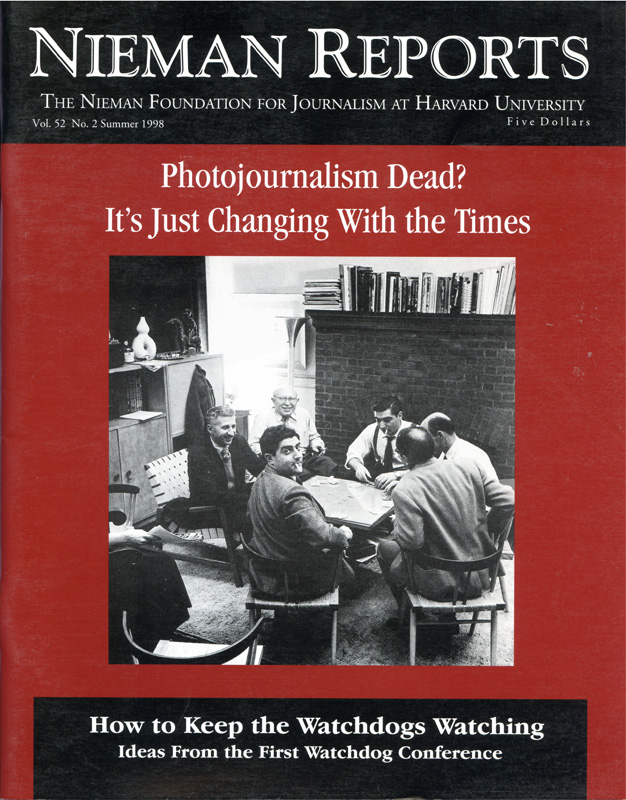It was in the 1972 campaign, during a George McGovern rally in a city long forgotten, that I saw a photograph I ache to have made.
In shirtsleeves, the Democratic presidential candidate was addressing a sun-drenched crowd from a podium on a flatbed truck. In those less-apprehensive days, a motley group of supporters and onlookers formed a backdrop behind him on a riser, a human pyramid in which one young man, standing just above McGovern, held onto a dog as the candidate spoke.
The tableau was part Americana, part theater of the absurd. In a trick of perspective, the dog seemed to be drooling on McGovern’s bald head.
I longed for a camera. But I was there as a reporter and all I had was a notebook. To the best of my knowledge, the picture was never made; it exists only in memory.
In shirtsleeves, the Democratic presidential candidate was addressing a sun-drenched crowd from a podium on a flatbed truck. In those less-apprehensive days, a motley group of supporters and onlookers formed a backdrop behind him on a riser, a human pyramid in which one young man, standing just above McGovern, held onto a dog as the candidate spoke.
The tableau was part Americana, part theater of the absurd. In a trick of perspective, the dog seemed to be drooling on McGovern’s bald head.
I longed for a camera. But I was there as a reporter and all I had was a notebook. To the best of my knowledge, the picture was never made; it exists only in memory.



